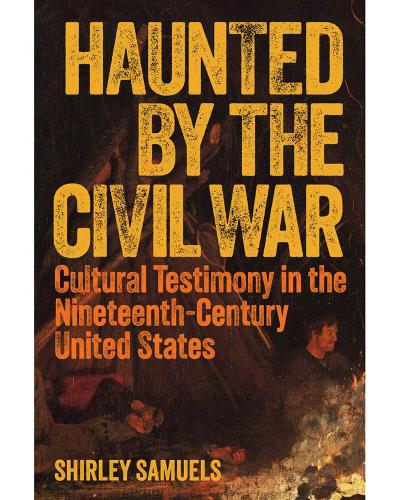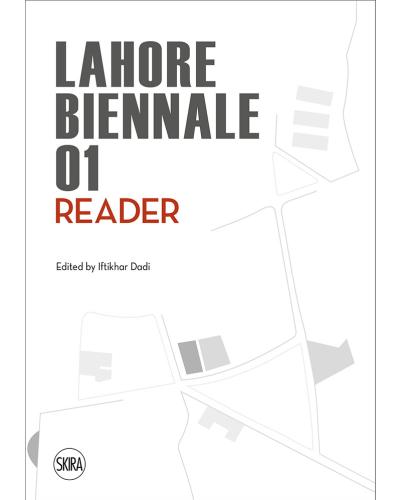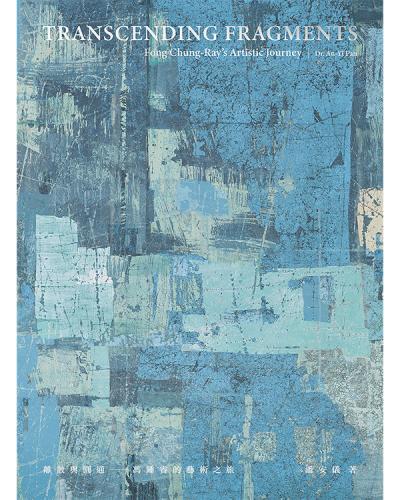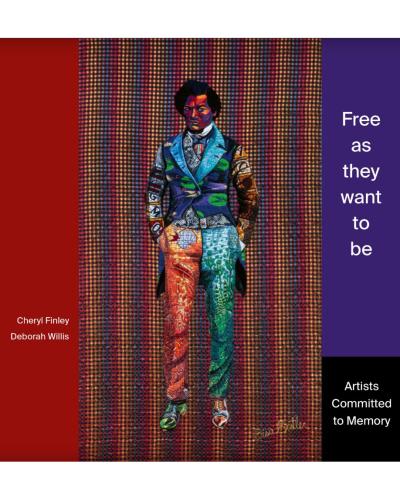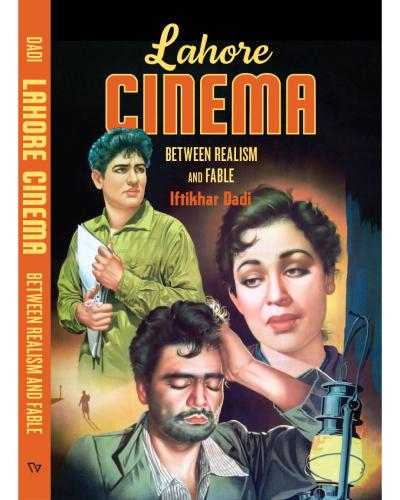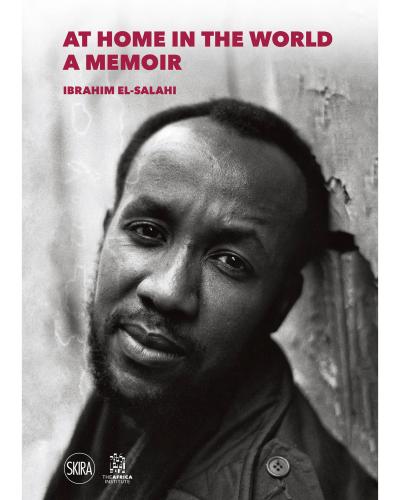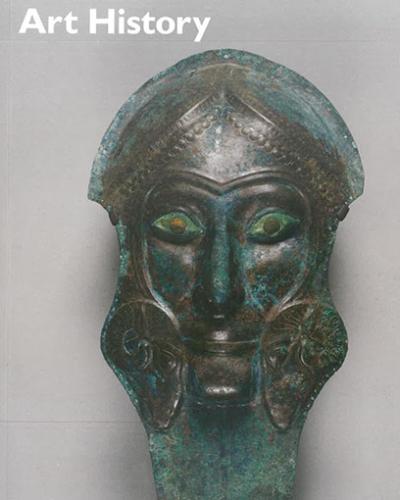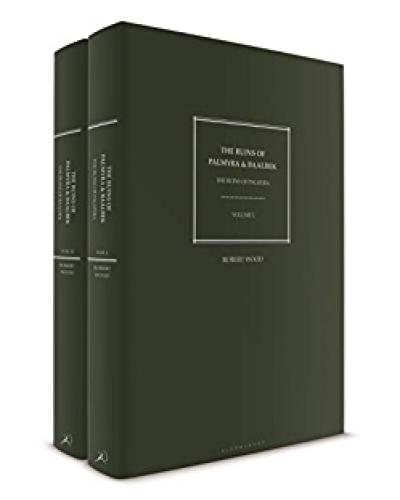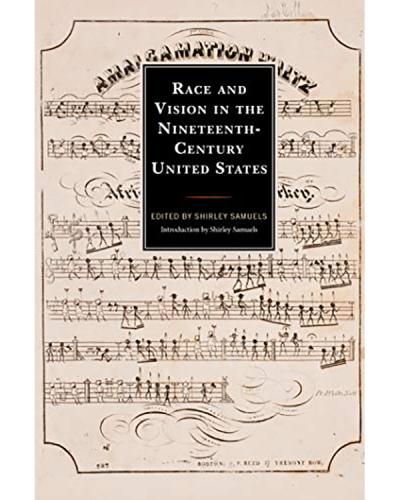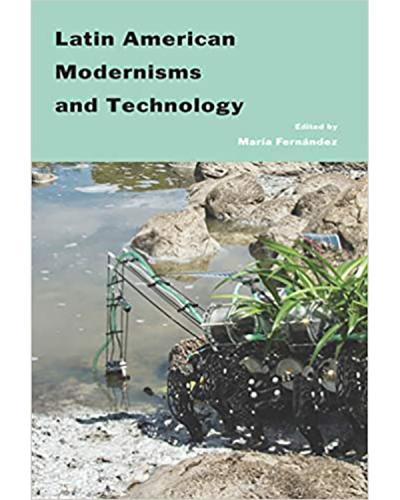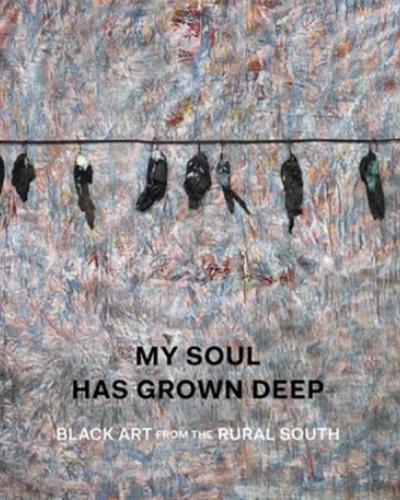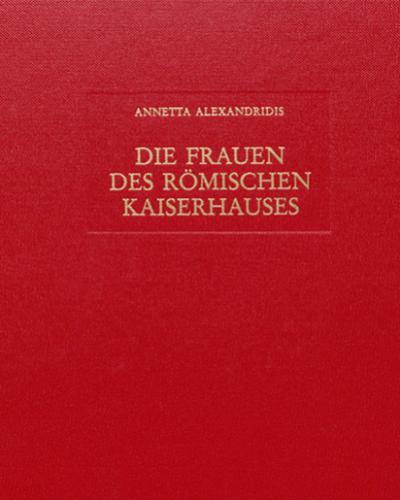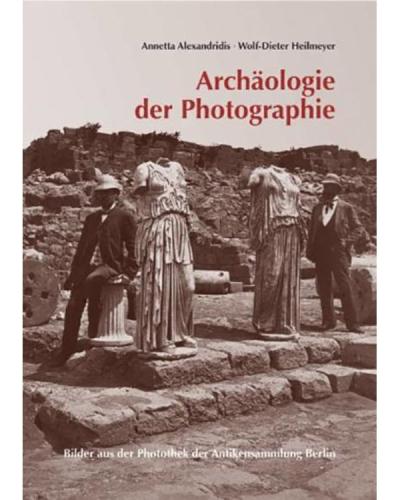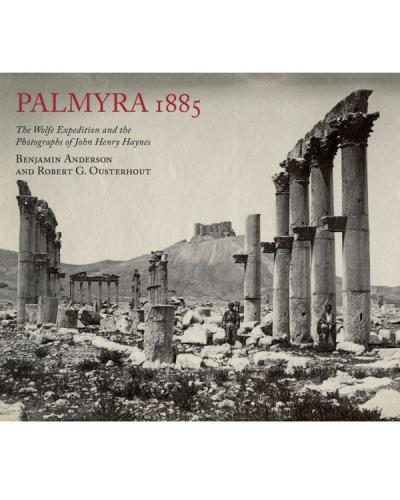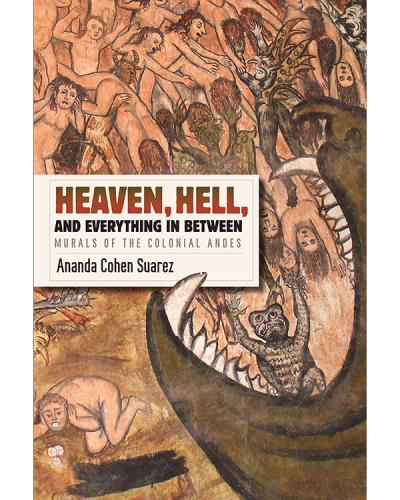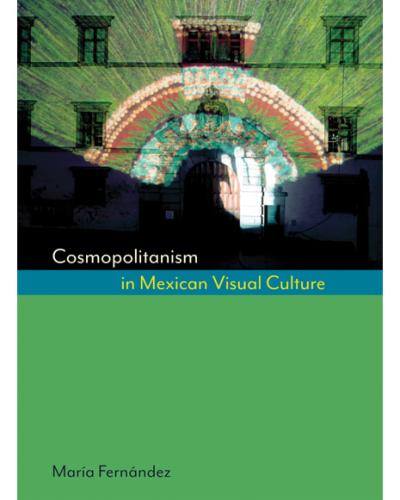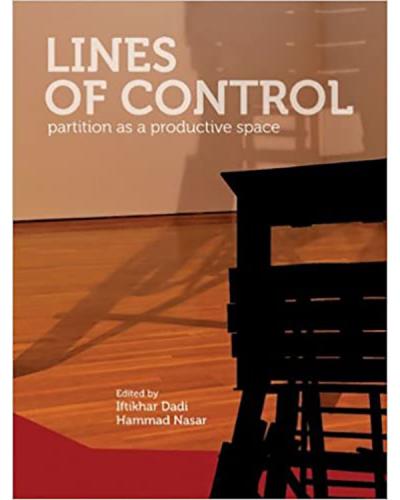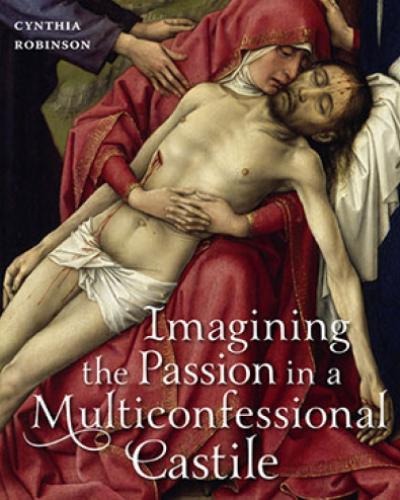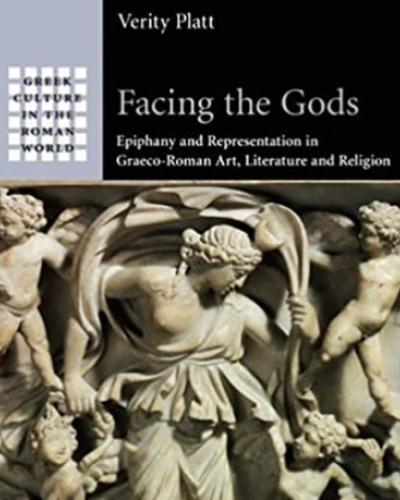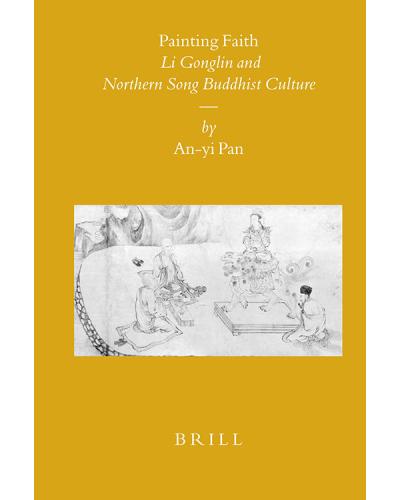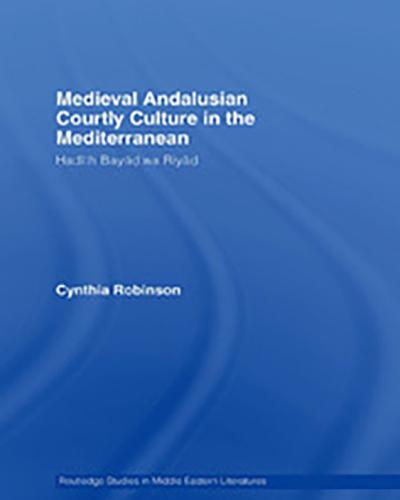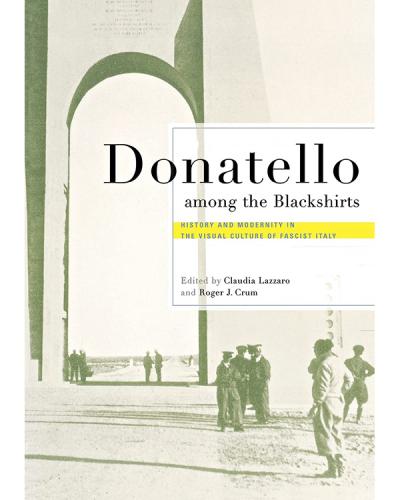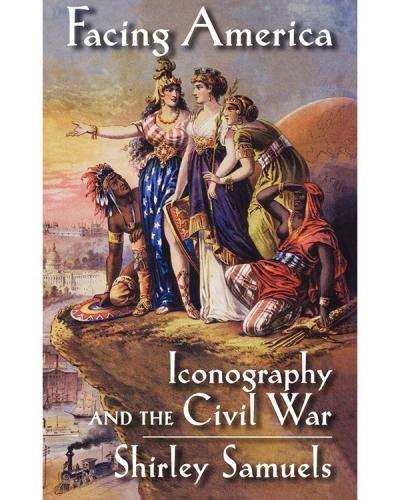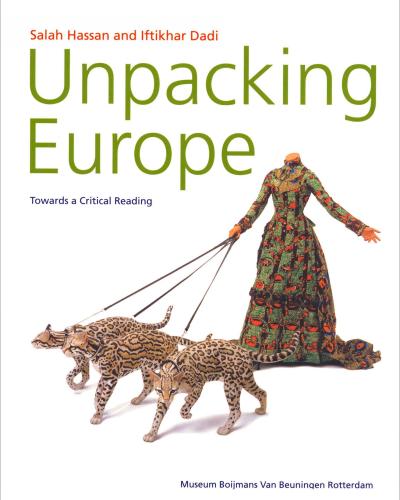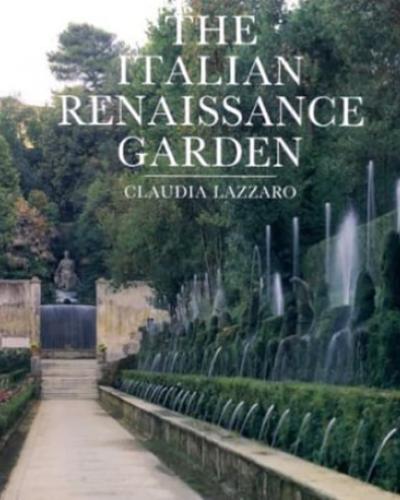The beginnings of the book Transcending Fragments: Fong Chung-Ray’s Artistic Journey can be traced to the exhibition 1960–The Origin of Taiwan’s Modern Art, held at Asia Art Center in 2016. The entanglements and inextricable relationships between the personal lives of artists and their artistic developments became increasingly evident through extensive research into the history of Taiwanese postwar painting societies. Taiwan in the 1960s enjoyed great intellectual debate and artistic diversity; it was an era that left behind a rich legacy and invaluable historical documents. However, over time, many of these archives disappeared or became hard to find, and as a result, historical writings voicing the complex interplay of life and art for artists of this period are underutilized in art historical research and related discussions.
In early 2017, Asia Art Center hosted The Eternal Abstract: Fong Chung-Ray Solo Exhibition, later inviting An-Yi Pan to author the present catalog. Professor Pan conducted several interviews with Fong Chung-Ray at his home studio in 2018 and visited libraries and archives in Taiwan and the United States. His focus was on detailing the developments of Taiwanese art since the 1960s. His methodological attention to detail, elegant writing style, and innovative conceptual approach, provides the readers with a completely new perspective on the life and work of Fong Chung-Ray, and by extension, this important period in the evolution of Taiwanese art.

